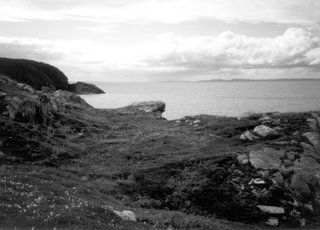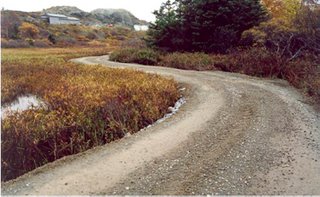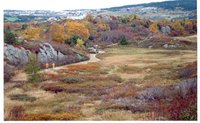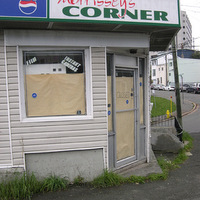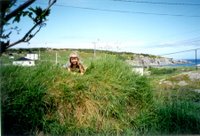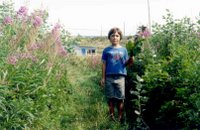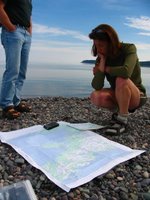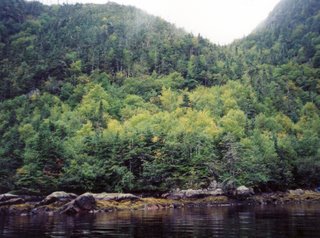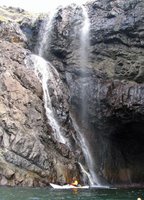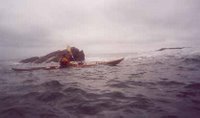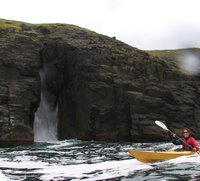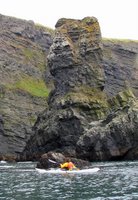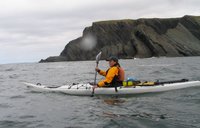CBC Radio Newfoundland/Labrador Interview #3 (Aired Tuesday, Nov 14, 2006)O n the November 14th edition of On The Go, Ted read an email from Paul Johnson, who is head of the Johnson Family Foundation. He was responding to the critics of the Geo Park being constructed behind the Geo Centre on Signal Hill. Here is the text of that email:
1. I expect CBC, as a responsible public service, will add some impartiality and objectivity to what you provide as a platform for people to sanctimoniously criticize good work.
2 . The 35 acres we have on Signal Hill is only 10 % of the total, public-accessible land.
3. Our walks will be public walks, especially dedicated to Signal Hill's amazing geological and botanical interpretation, which is presently unknown to over 95 % of our own people and 100 % of our visitors.
4. We are not damaging the Fen. It is not even within our boundary.
5. Those who say we are ruining natural, public areas, do not remember that much of the land we have leased was expropriated and cleared under Premier Smallwood - - taken from private families that lived there. A large part was also occupied by an orphanage farm, and more by a Royal Navy Supply Base. None of that was "public" land.
6. The GEO CENTRE is committed to improving its property, into highly-beneficial, public interest.
7.Do any of these high-minded, nature-lovers remember the many truckloads of garbage, beer bottles, furniture, mattresses, and car wrecks we had to clear up ?
8. Nobody complained when we spent $ 600,000 to complete the "Lookout Project" for Parks Canada, around Cabot Tower.
9. Nobody complained when we built and paid for the first two Concourse Walks, from Cabot Tower to either end of Quidi Vidi Lake.
10. Ted, while your callers pose as indignant, injured, innocent victims, and champions of privacy and nature, I would hope that you, as host, and many of your listening enthusiasts, will stop to think of how hurtful, discouraging, and destructive are such mean-spirited, one-sided criticisms, for those many people we have, exploring and completing, well-planned, expensive, and difficult initiatives, exclusively for the public good.Paul J. Johnson. {Johnson Insurance Company]
After emailing these insightful points, Paul J. Johnson left for Florida, and we're left wondering if JFF and the Grand Concourse Authority actually know what provincial crown land is, if they know what a fen is since they have clearly put a road through it and why being a nature-lover is bad. Just as Mr. Johnson was given poor advice on the design of the Geo Theme Park, so was he offered poor advice in these conflicting and inaccurate points.
 december 26, 2006
december 26, 2006
















